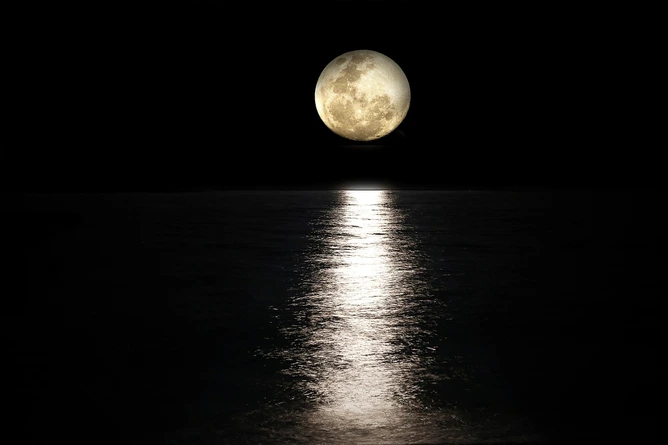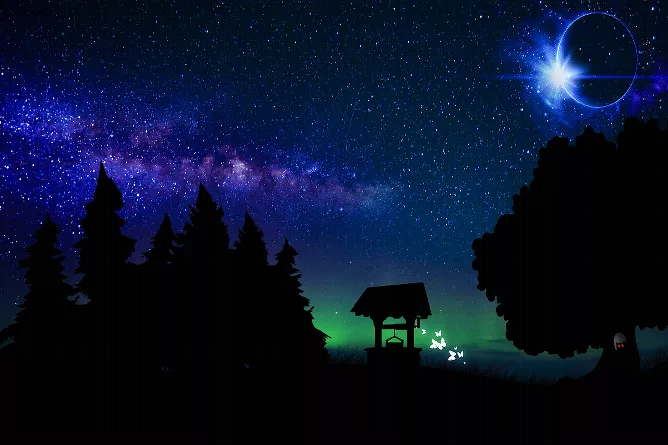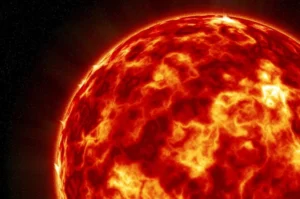Unlocking the Wonders of This Year’s Extraordinary Super Blue Moon: Discover What It Is and How to Observe the Spectacle on August 30th

This week brings a unique opportunity for those intrigued by astronomical events. Get ready to witness a spectacular Super Blue ...
Read more
The Moon : Life is possible on Moon ?

India’s Chandrayaan 3 mission is set to explore the moon and uncover its secrets, such as the presence of water ...
Read more
Chandrayaan-3 is on its journey to the moon.

Important News (Chandrayaan-3) – India celebrates a triumphant achievement as Chandrayaan-3 achieves a successful soft landing on the moon on ...
Read more
The man who feeled the Moon First : Neil Armstrong

Neil Armstrong, a name who can never forgot in in history, Neil Armstrong was an American astronaut the first person ...
Read more








